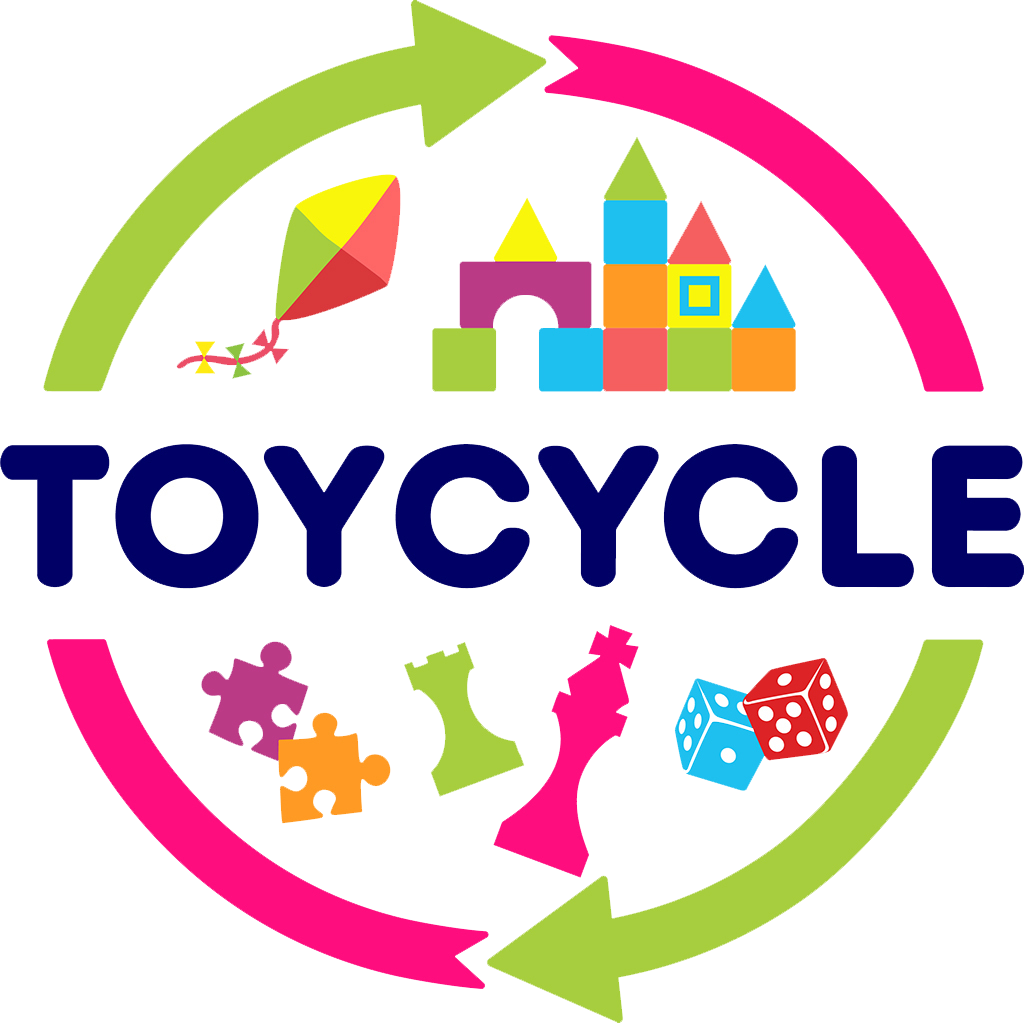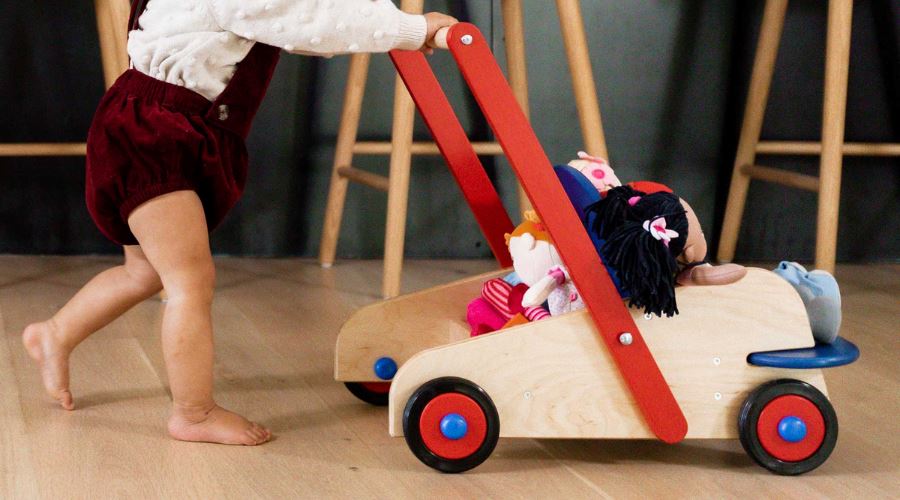The safety of baby walkers has been a subject of debate among experts and organizations for years. But lack of clarity around what constitutes an unsafe walker has left many parents confused. Read on to understand what walkers you should avoid, and what replacements are safe for your child.
What are baby walkers and are they safe?
Typically, when we’re discussing baby walkers and safety, we’re referring to a wheeled walker with a seat that baby sits in as they push themselves around.
Why are wheeled walkers no longer recommended?
While wheeled walkers can still be purchased in the US, pediatricians recommend against them. Mainly because of the injury risk.
- Falls: Baby walkers can increase the risk of falls down stairs or other elevated surfaces. Even with the presence of safety features like stair guards, accidents can still occur.
- Speed and Mobility: Wheeled walkers that babies sit in allow them to move at a faster pace than they can on their own. This increased mobility can lead to collisions with objects, walls, or furniture, potentially causing injuries.
- Developmental Delays: There is concern that excessive use of baby walkers may interfere with the natural development of motor skills, as babies are seated in the walker and not encouraged to use their own muscles for crawling and walking.
- Burns and Other Injuries: Walkers can put babies within reach of hot surfaces, leading to burns or other injuries. They may also be able to reach objects that could be harmful.
PlanToys Wooden Push Walker
Due to these safety concerns, several countries have banned or restricted the sale of this type of wheeled baby walker. In the United States, for example, the Consumer Product Safety Commission (CPSC) has implemented safety standards for baby walkers to address some of these issues.
PlanToys Bird Walker
What type of walker is safe for babies?
While wheeled walkers are a no no, sturdy walker toys and push carts or wagons are an acceptable replacement.
Push toys can be beneficial for babies as they begin to develop their motor skills and gain confidence in walking. Some potential benefits of using push toys include:
- Motor Skills Development: Push toys encourage babies to practice and refine their motor skills. As they push the toy and walk behind it, they are engaging their leg muscles and improving their coordination.
- Balance and Stability: Push toys can help babies develop a sense of balance and stability. They provide support as the child learns to navigate and control their movements.
- Independence: Using push toys allows babies to explore their environment independently. It fosters a sense of autonomy and self-confidence as they take steps on their own while pushing the toy.
- Social and Emotional Development: Push toys can be a source of joy and excitement for babies. They may feel a sense of accomplishment as they successfully move the toy, contributing to positive social and emotional development.
- Encourages Walking: Push toys can serve as a motivating factor for babies who are learning to walk. The desire to reach and push the toy can encourage them to take steps and build their walking skills.
Are baby walkers bad for development?
As just described, while wheeled, sit-in walkers are not recommended, a sturdy push walker can be an incredibly helpful tool and bring many benefits to baby’s development. Good walker toys allow your child to creep and pull themselves up to standing, then over time push and pull until they are ready to take a step.
Many toy makers embellish push toys for baby’s entertainment. These walkers are especially useful in that they offer your child developmentally appropriate play over a longer period of time.
The PlanToys Baby Walker, for example, provides classic wooden block STEM play in the months before your baby begins to cruise or walk. Block play can continue long after the early walking stage as well.
HABA Dragon Walker
And like the HABA Dragon Wagon, once your child is walking they can push other treasured toys around in the walker. These types of push walkers stimulate your child’s natural desire to stand and walk in a developmentally appropriate way and are considered safe. Keep in mind that parental supervision is important as your child is learning to walk.
What should you look for in a push walker?
When choosing a push cart or push wagon, consider the following tips to ensure safety and effectiveness:
- Stability: Choose push toys that are wide and stable and have a low center of gravity to prevent tipping.
- Safety Features: Check for safety features such as non-slip grips on the wheels and a design that minimizes the risk of pinching.
- Product Reviews: Look for customer reviews and ratings of the specific baby walker you're interested in. Other parents' experiences can provide valuable insights into the product's safety and functionality.
- Age-Appropriate: Select push toys that are suitable for your baby's age and developmental stage.
- Supervision: Always supervise your baby while they are using a push toy to ensure their safety.
It's important to note that each baby develops at their own pace, so it's normal for some to start walking earlier or later than others. If you have concerns about your baby's development, it's advisable to consult with your pediatrician for guidance.




